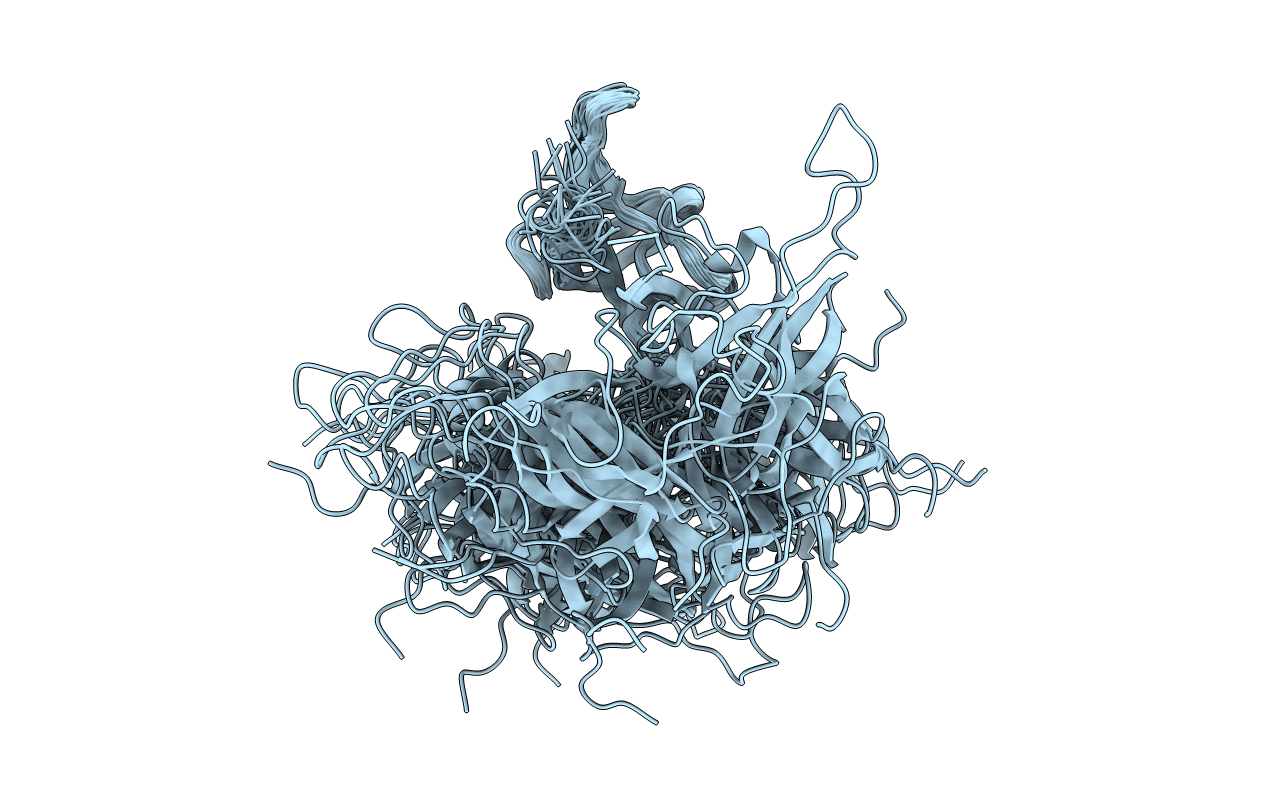
Deposition Date
2020-02-26
Release Date
2020-07-29
Last Version Date
2024-05-15
Entry Detail
PDB ID:
6Y6M
Keywords:
Title:
solution structure of cold-shock domain 1 and 2 of drosophila Upstream of N-Ras (Unr)
Biological Source:
Source Organism:
Drosophila melanogaster (Taxon ID: 7227)
Host Organism:
Method Details:
Experimental Method:
Conformers Calculated:
100
Conformers Submitted:
20
Selection Criteria:
structures with the lowest energy


